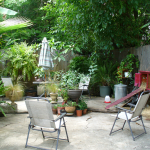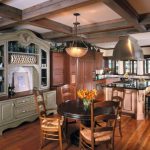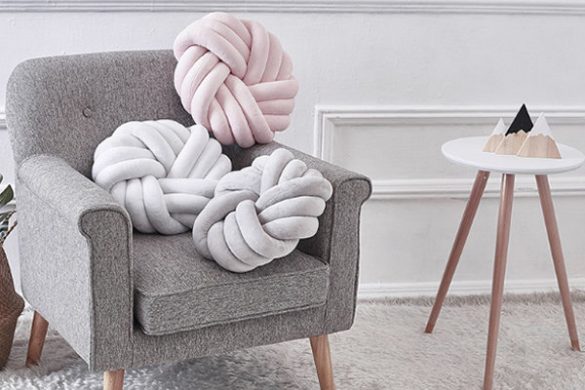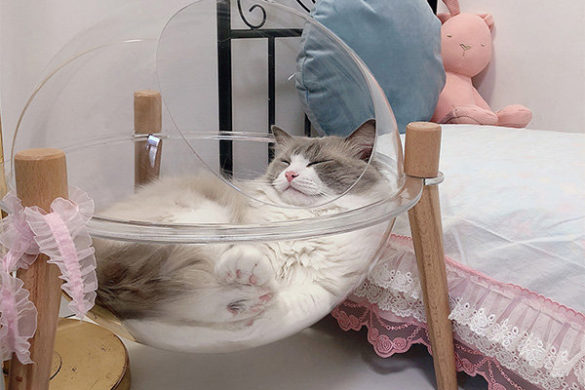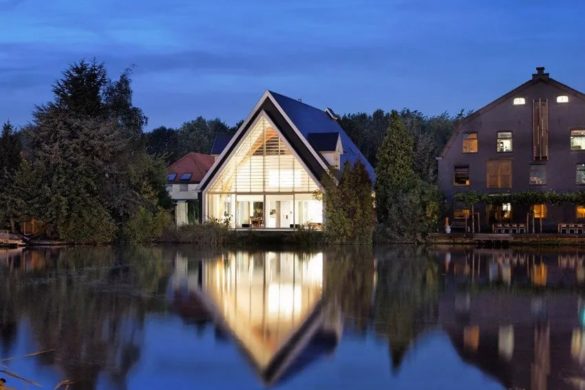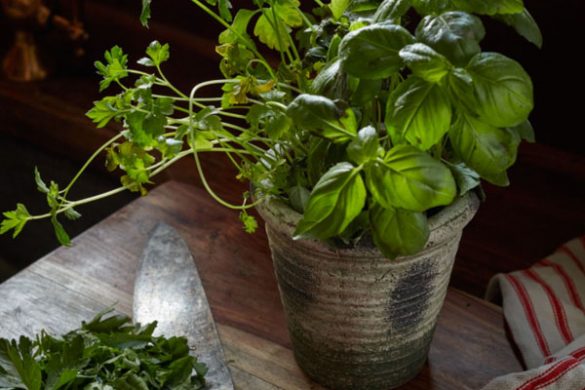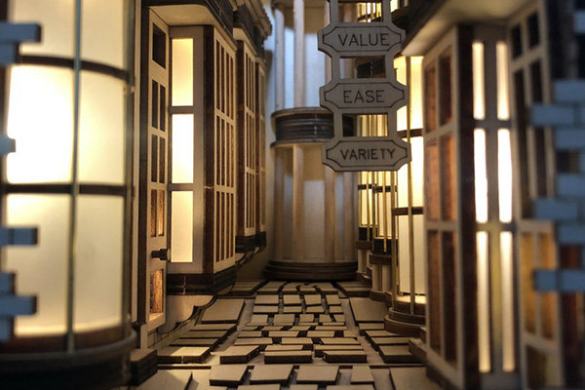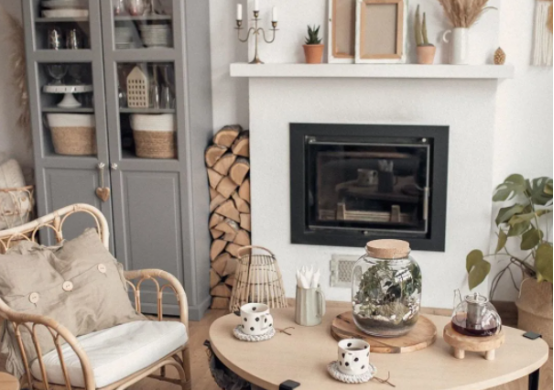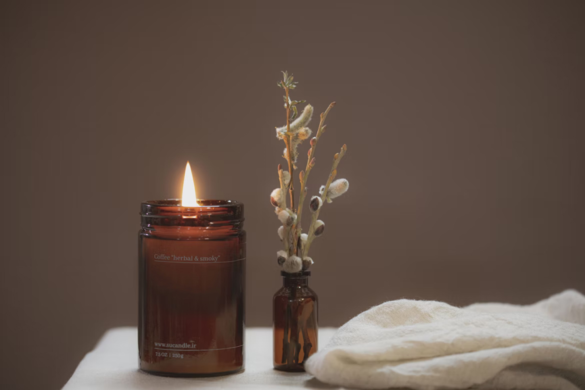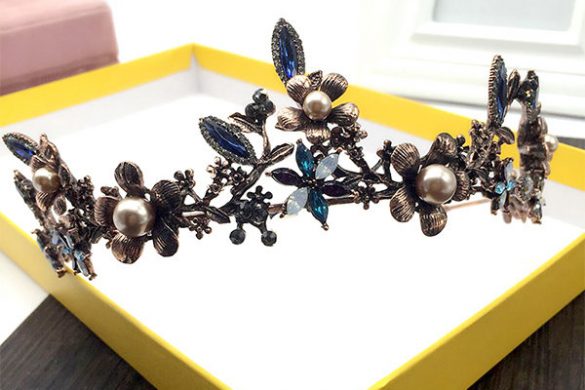
Nildo José, the chief architect of the Brazilian construction company NJ +, completely renovated the apartment of 130㎡ in Sao Paulo, successfully combining style of the 60s and 70s with modern industrial geometric lines to create a unique home style.

The minimalist entrance leads visitors to spacious living areas where the lackluster partition wall has been removed. The dining room, kitchen, living room and home theater are arranged in the open space together, and a row of revolving wooden doors is used to separate the master bedroom from the living room.

Abundant light in the public space flows to all areas, adding a warm and bright atmosphere to the exposed concrete ceiling.



The flooring is made of green hydraulic bricks, and the pastel wall colors provide a classic vintage tone, while macaron-colored sofa pillows give fresh vibes to the living atmosphere.


The open kitchen is simple and stylish, showcasing floor tiles with echoing green walls and cabinetry. In order to further integrate the space, the designer added peninsula countertop, fully separating the living area from the kitchen.





Adjacently, a bold marble stepping stone provides an elegant transition to a lower level bedroom. Hidden beneath the modern slab of marble is space saving light features that provide style and safety.


The bedroom has an open layout with a wardrobe, desk, bed and bathroom. The exposed concrete and green floor tiles create a sense of continuity inside and outside, and the wooden walls help to create a warm atmosphere. There are no redundant partition walls here. Instead, the wall structure and marble basins are used to form a spatial boundary, so that the room has greater flexibility.




The exquisite, minimalist inspired white glass frame divides the bathroom space into two, with a toilet room on one side and a bathroom on the other. The white wall tiles are retro and refreshing, harmoniously blending with the modern bathroom essentials.



The guest bathroom is located off the living room. It features a stainless-steel wash basin that stands in sharp contrast to the warm wood. The use of hidden lights highlight the texture and simplicity.


